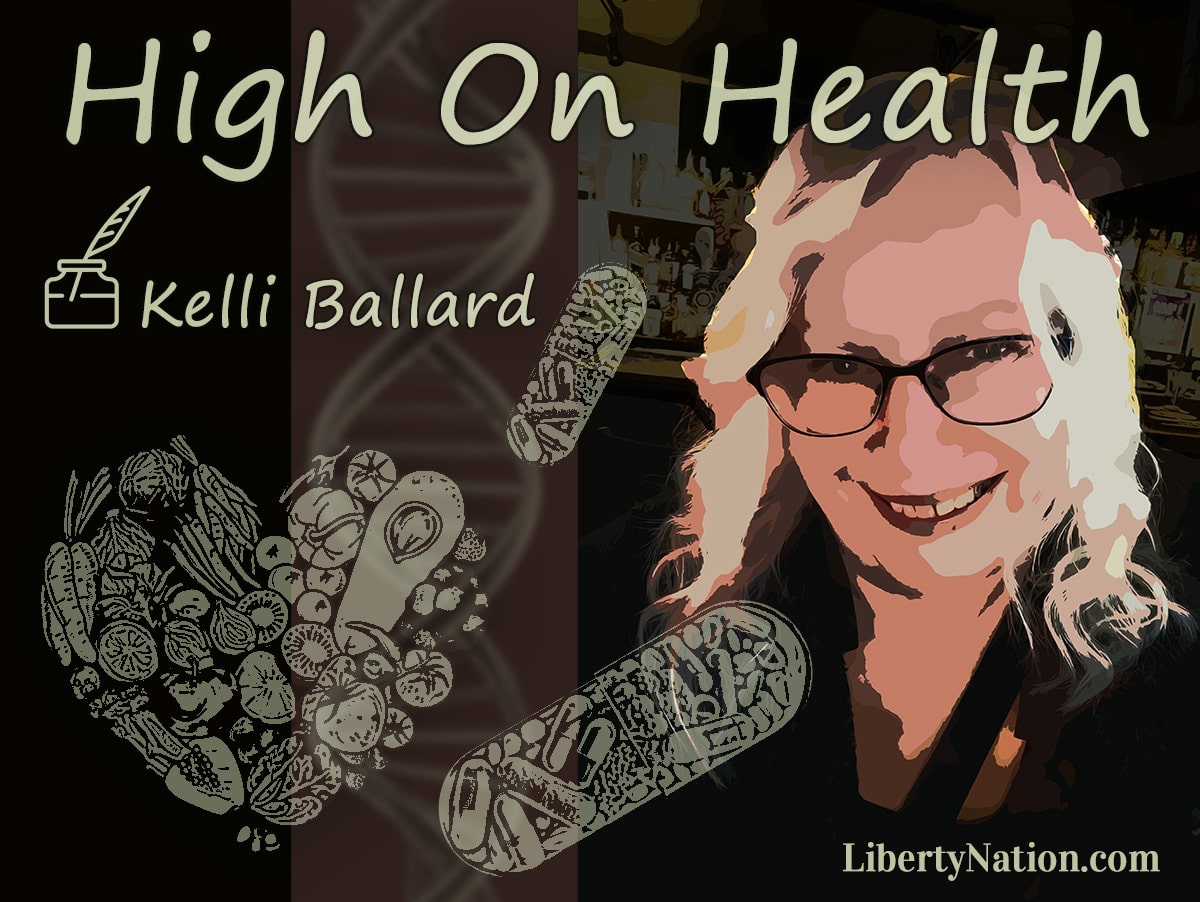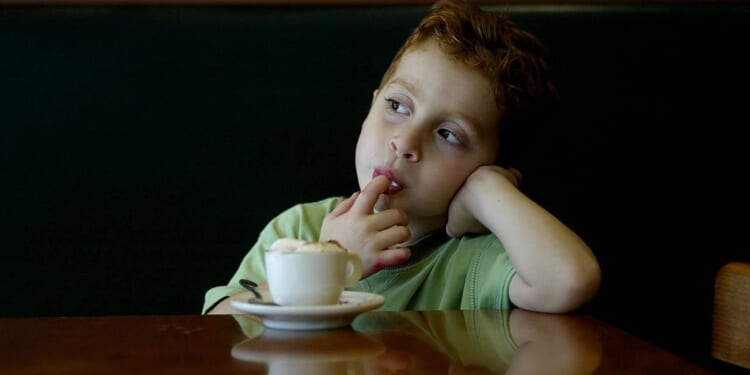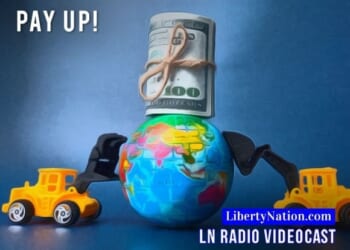Across the country, many children and teens are increasingly turning to the nation’s favorite stimulant: caffeine. Usually, they do so without realizing how much they’re getting or what the impact may be. A recent article in Delish draws attention to this trend, highlighting how caffeine has quietly become part of youngsters’ daily routines.
Children and Caffeine
In a North Carolina high school classroom, a teacher observes this trend firsthand. “I’ll see a kid come in super tired with a Red Bull or Monster,” she tells Gabby Romero, author of “Kids Are Hooked On America’s Favorite Stimulant—Who’s Really To Blame?” To balance heavy course loads, sports, and extracurricular activities, Romero wrote, some students turn to caffeinated drinks to get through the school day. I’m just seeing them struggle to stay awake sometimes,” the teacher explained.
 Caffeine isn’t just coffee. It hides in sodas, matcha lattes, chocolate bars, ice cream, and even protein bars. The accessibility and ubiquity of caffeine-containing products make it easy for children to consume more than is healthy. According to the Centers for Disease Control and Prevention (CDC), up to 50 % of US teens consume energy drinks.
Caffeine isn’t just coffee. It hides in sodas, matcha lattes, chocolate bars, ice cream, and even protein bars. The accessibility and ubiquity of caffeine-containing products make it easy for children to consume more than is healthy. According to the Centers for Disease Control and Prevention (CDC), up to 50 % of US teens consume energy drinks.
While caffeine in small doses is acceptable for many adults, children are more vulnerable. “Research shows that adverse effects can occur across a wide range of caffeine amounts,” Registered Dietitian Alison Ellis told the recipe network. “One study found that even quite low amounts of caffeine can disrupt sleep in children, while a research review suggests that physical symptoms like nervousness and jitteriness may begin around 3 mg per kg per day, though some children may experience effects at lower doses.”
For children and teens, even what might seem like moderate caffeine intake can cause trouble. The Journal of Adolescent Health found that daily caffeine consumption over about 100 mg (roughly equivalent to one cup of brewed coffee) can disrupt natural sleep patterns and lead to behavioral problems among young people.
Dr. Stuart Berger, Division Head of Pediatric Cardiology at Lurie Children’s Hospital of Chicago, told Delish, “You can imagine that for kids who are very young and who are developing neurologically, nervousness and irritability could have a bigger impact. If you feel nervousness and irritability and sleeplessness all the time, it doesn’t allow you to function normally at work or school or whatever scenario you’re in.”
Part of the challenge is that caffeine is everywhere, in plain sight and hidden in yummies such as chocolate. Many parents are unaware of how much caffeine their children are ingesting, or even that they are ingesting it at all. A poll from the University of Michigan found that nearly one‐quarter of parents report caffeine is part of their teens’ day-to-day lives. At the same time, a third of parents couldn’t correctly identify recommended caffeine limits for children.
The CDC reports that 75% of school districts have no policy regulating the sale of caffeinated products on campus; 12% of secondary schools offer caffeinated products in vending machines or cafeterias.
What makes things more complicated is how caffeine appears in unexpected items. For example, a 12-ounce bottle of Sunkist Orange Soda contains nearly 20 mg of caffeine. Meanwhile, a “Grande” size of the fruity-flavored Starbucks Refreshers can hold up to 55 mg of caffeine, thanks to added green coffee flavor.
Energy Drinks are a Large Part of the Problem
Energy drinks are a particularly important piece of the story. The United States is the largest energy drinks market in the world. Last year, these drinks earned $21 billion in sales collectively. Many brands target a younger demographic with bright packaging, fruity flavors, and influencer-driven marketing.
An America’s Poison Centers report noted that there has been a significant increase in cases involving energy drinks among children aged six to twelve, with nearly 80 % of exposures being unintentional, meaning the children didn’t realize how much caffeine they were consuming.
Published March 2025 in Clinical Toxicology by the American Association of Poison Control Centers, a study found that there were 32,482 caffeine-related exposures in people under 20 between 2011 and 2023. During that time, the rate of exposure increased 17.3%. Even more frightening, 69.6% involved medical admission. And one more number for you, powdered or concentrated caffeine exposure rose a whopping 632.9%.
According to the American College of Medical Toxicology (ACMT), in 2024, in Florida alone, poison control centers recorded 98 cases of caffeine poisoning, including 64 children under 19, and 40 younger than five. Dr. Sonya Rashid, a medical toxicologist at the Florida Poison Control Center, told ACMT that she’s seeing more young people drinking energy drinks and having reactions.
“Some of these energy drinks have 200-300 milligrams of caffeine,” she said. “There are no legislations in terms of how old you have to be in order to by an energy drink. To put that into context, a cup of coffee is about 100 milligrams, max, of caffeine.” She continued: “Kids are already naturally full of lots of energy, and so when they’re getting into caffeine of caffeinated beverages—they are just off the walls. Sometimes that can cause seizures in some kids.”
That morning cup of java is more than just an adult pick-me-up, especially when kids get their hands on it. We are already exposed to so much caffeine without even realizing it, and while it can be good in certain doses, children are getting into medical and mental trouble from too much of the good stuff.

















